- The skin of the spaces between the fingers;
- toe;
- toenails (onychomycosis);
- Skin of lower limbs.
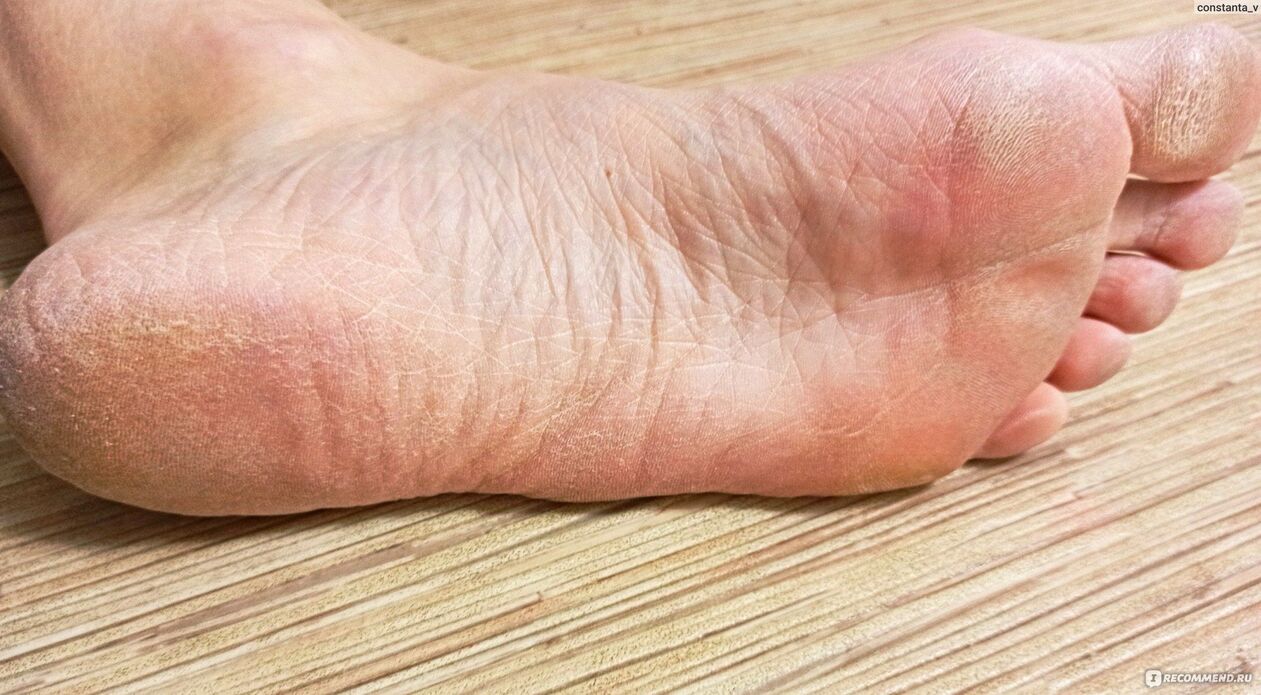
What is foot fungus?
Fungal waste is toxic. Due to intoxication, the entire body is affected.
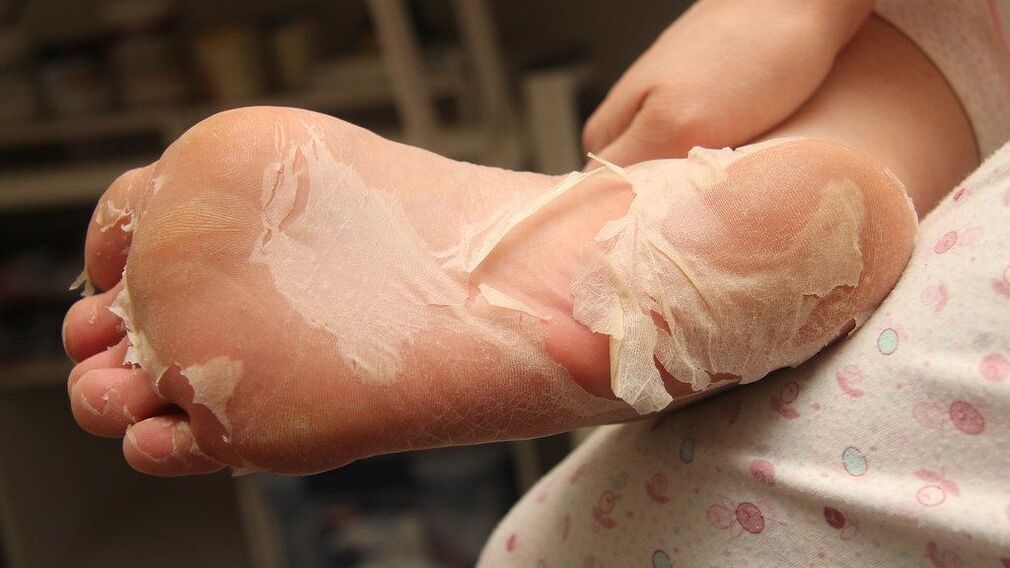
- dermatophytes;
- yeast;
- moldy;
- Candida.
- Going to swimming pools, saunas, bathhouses, gyms and other places that require barefoot activities may also put you at risk of getting sick while working;
- using someone else’s shoes;
- Dermatological diseases (neurodermatitis, psoriasis, eczema);
- Chronic organic diseases;
- Diabetes (diabetic foot) and other endocrine disorders;
- Flat feet with deformity of the big toe;
- Increased sweating of the skin on the feet (hyperhidrosis);
- Decreased body defenses, especially in people with onychomycosis (onychomycosis);
- Uncontrolled use of antibiotics, hormones, and anti-allergy medications;
- Damages such as cracks, corns, and calluses appear on the skin of the feet.
What does foot fungus look like?

important! See your doctor immediately at the first sign of foot fungus you suspect! Do not self-medicate to slow the spread of infection. The longer you put off seeing a specialist, the longer treatment will take.
foot fungus between toes
- The skin becomes thick and dry;
- Wrinkles and even calluses form;
- Cracked and peeling skin on feet;
- Pain and debilitating itching occur.
The fungus is hidden and only becomes apparent when small cracks form between the fingers, minor peeling, and mild itching. The patient does not seek help from a doctor for a long time and only begins to worry when he cries.
- intertriginous, which occurs like diaper rash;
- Difficulty sweating - appearance of blisters;
- Mixed - Interstitial - Difficulty sweating.
fungus on toes
The process that occurs on the skin of or between the fingers almost always spreads to the nails.
Onychomycosis or onychomycosis
- Nail deformation and separation;
- pain when walking;
- Nails appear cloudy and yellowish;
- The deck is significantly thickened;
- Nail damage.
important! Onychomycosis can cause any fungal disease to turn into a chronic condition. Don't delay seeing a doctor, as fungal spores can spread further to the extremities: calves, thighs, and even buttocks, abdomen and chest.
Foot Fungus: Causes and Symptoms of Disease in Children
- Endocrine disorders;
- Uncomfortable, ill-fitting fake leather shoes;
- Abnormal gastrointestinal function;
- Dirty, untrimmed toenails;
- Neglecting personal hygiene when going to bathhouses and gyms;
- flatfoot.
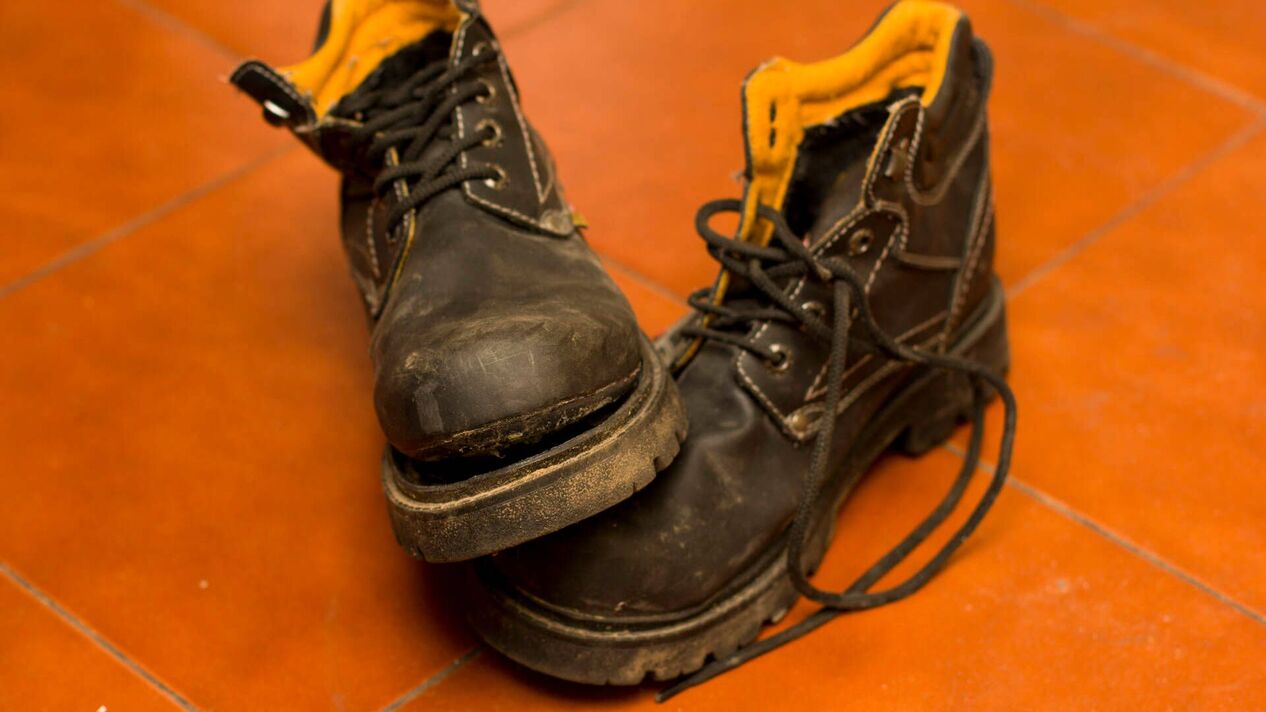
Diagnosis of foot fungus
- Examine the patient's feet in detail;
- Collect medical history (investigation of disease symptoms and presence of chronic diseases, genetics);
- Scrape the affected skin or cut off a deformed nail;
- Special tests to confirm the presence of fungal infections throughout the body;
- Sow the material on a nutrient medium (if necessary);
- Skin biopsy (cutting out a small piece of affected skin) for examination under a microscope (done in special cases);
- General and biochemical blood tests.
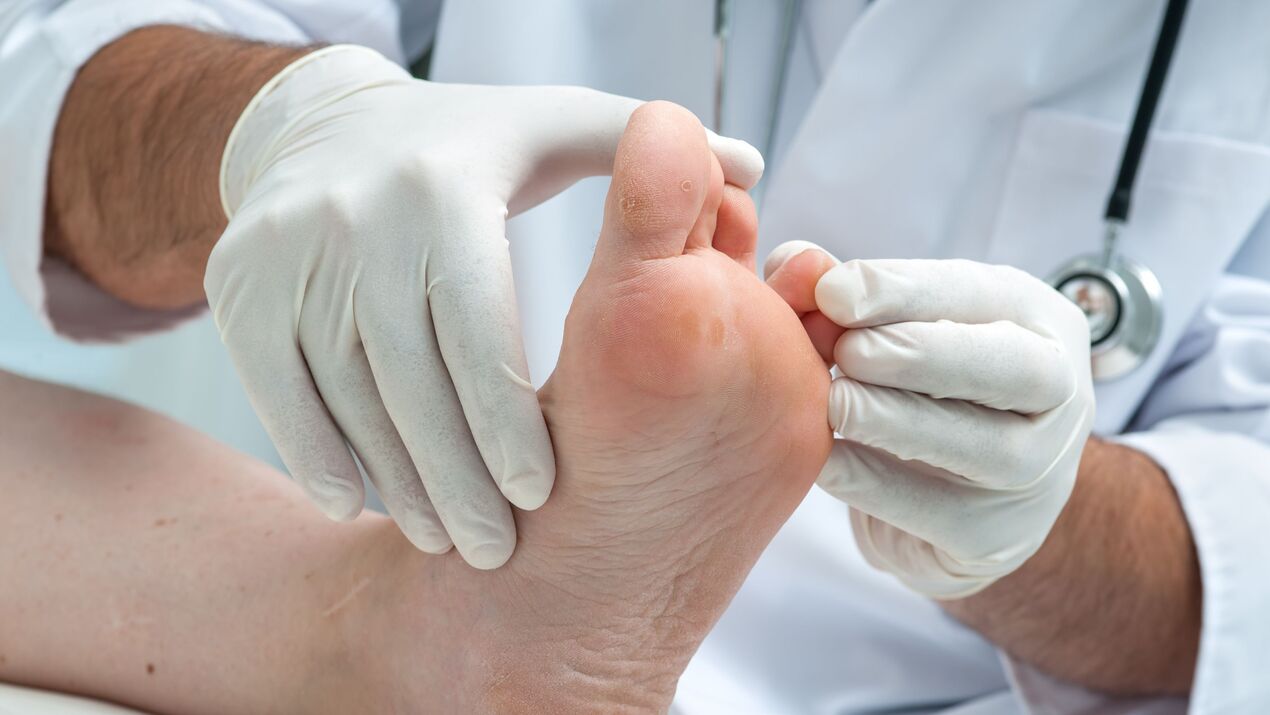
- Do not use antifungal medications without a doctor's prescription;
- Do not handle the affected skin with anything for at least three days before the test;
- It is recommended to only use additive-free baby soap;
- Do not remove nails for a week;
- Do not take medications;
- If possible, don’t smoke;
- Do not drink coffee, lemonade, or alcohol before taking a blood test.
How and what to use to treat foot fungus
- Broad-spectrum antifungals are excellent treatments for foot fungus. It is the basis of many antifungal medications. For local use only. Effective as ointment, cream, lotion, aerosol. The ointment should be applied in a thin layer three times daily to clean, dry soles of feet. The effect will be better if used one or two months after treatment.
- Products (lotions) used to repair and protect the nail plate from fungal infections. This spray has been proven effective against foot fungus. Mainly used to prevent fungal diseases. Contains undecylenic acid, which creates immunity against fungal nail diseases. The spray is very easy to apply. Used to disinfect the inner surface of shoes. But patients with onychomycosis not only need to use this drug, but also need to be treated with other antifungal drugs.
- Antifungal drugs for systemic use."to the ground "kills a variety of fungi. It is used in the form of tablets, creams, sprays, and oral solutions. For adults, the course of tablets is two weeks, taken twice daily. Apply fungus cream to the skin of the feetDamaged areas, twice a day. The duration of treatment can vary from one week to one and a half months.
- Antifungal antibiotics. This medicine inhibits the growth of fungi. Available in tablet, oral suspension and ointment forms. This ointment is only suitable for use on nails that are not affected by Candida fungi.These pills are to be taken for three months. The first month - once a day, the second and third months - once every other day. Dosage is prescribed by your doctor. The medication ends when healthy nails grow back.
- Antifungals. It is highly active against all fungal organisms that may cause foot fungus. It is available in suppository and tablet form, but is used to treat fungal infections of the intestines and female reproductive organs. It is recommended to apply the ointment once or twice a day for a month.
How to Treat Foot Fungus at Home
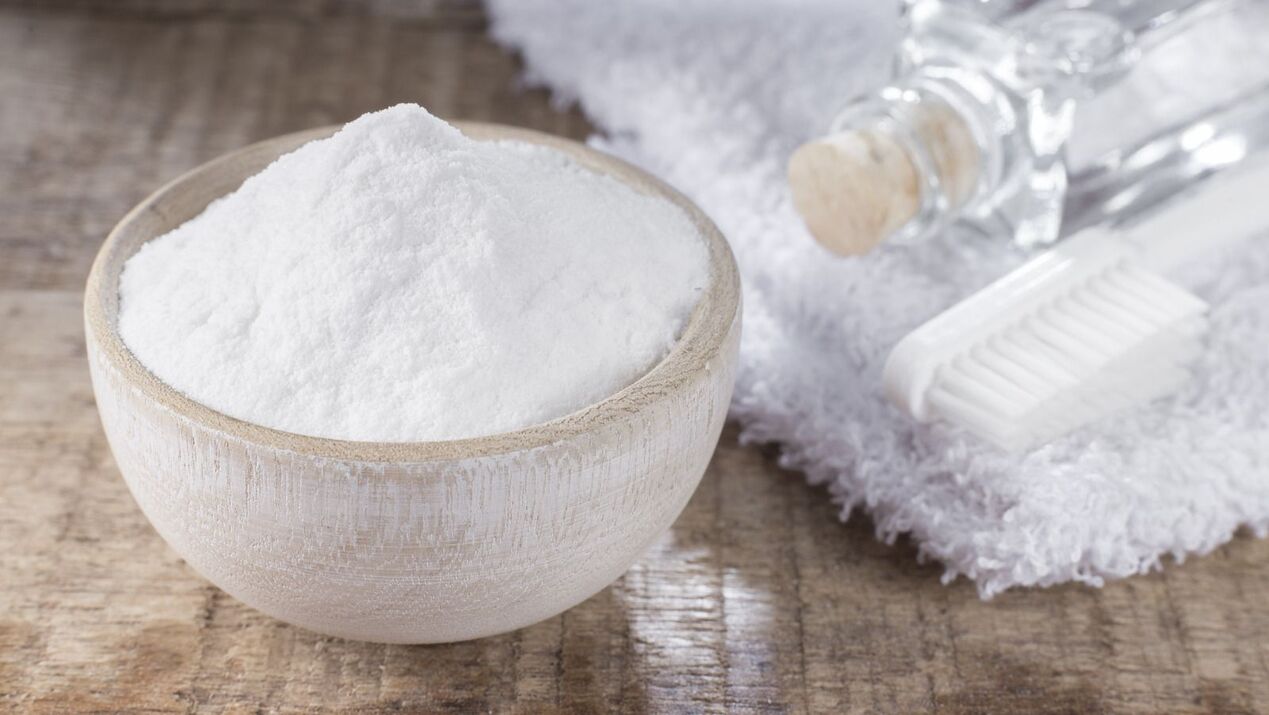
- The toes and heels of slippers must be closed;
- You cannot walk barefoot;
- Shoes should be treated with an antifungal agent twice a day, such as a 40% acetic acid solution;
- Wash personal belongings separately from other belongings;
- Clean bathtubs, basins, and showers with disinfectant after use;
- Apartments need to be wet cleaned daily and rooms ventilated;
- Change socks every day;
- After you recover, throw away old underwear, shoes, and medications.
Prevent foot and nail fungus
- maintain personal hygiene;
- Adhere to a dairy-vegetable diet and eat more vegetables and fruits;
- Get rid of bad habits;
- Control your emotional state and guard against stress;
- Play sports in fresh air.















